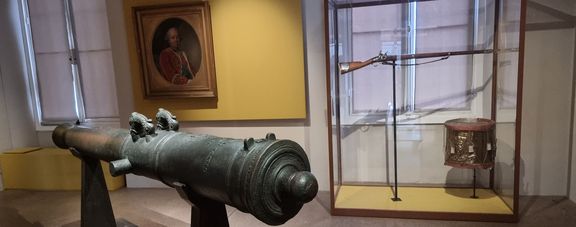
Discovery trail "30 objects to tell the history of the marine troops"
17,000 men and women united around the traditions of the Colonial troops form the marine Troops : centuries of combat, as well as the discovery of distant horizons, two aspects asserted by the marine soldiers, infantrymen and artillerymen respectively known as marsouins and bigors. A discovery trail enables you to follow their history within the collections of the musée de l'Armée. To do this, there is only one clue : look for the anchors, their oldest symbol !
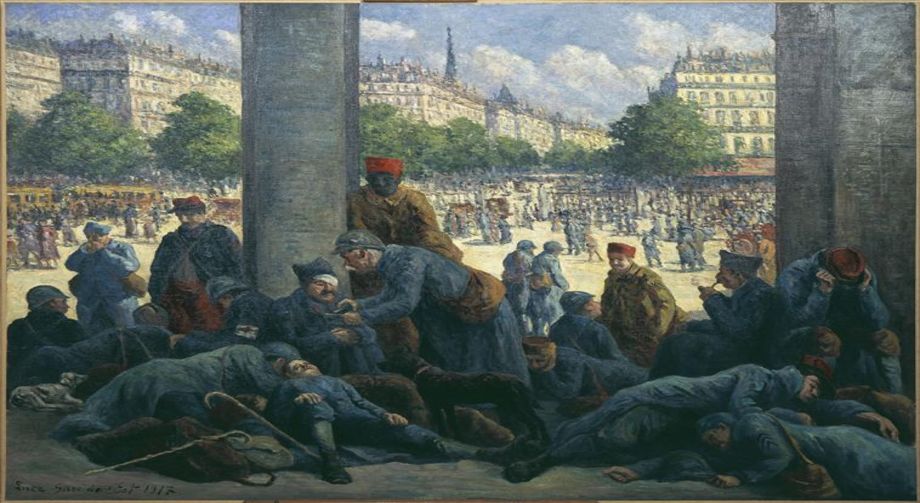
Gare de l'Est in Paris, Luce Maximilien, 1917 (C) Paris - Musée de l'Armée, Dist. RMN-Grand Palais / Pascal Segrette
A trail through the permanent collections
Visitors will be invited to discover this exhibition alongside the permanent routes in the rooms of the Musée de l’Armée, whose collections are testament to the astonishing path, over the last four centuries, of those known today as the Marsouins and Bigors.
Thus, feel free to explore all three floors of the Museum, where 30 emblematic objects have been selected. You will be able to identify them by their labels, which are in a different colour, and the marine Troops logotype : the anchor on a navy-blue background. The last object can be found in the nave of the Saint-Louis-des-Invalides cathedral !
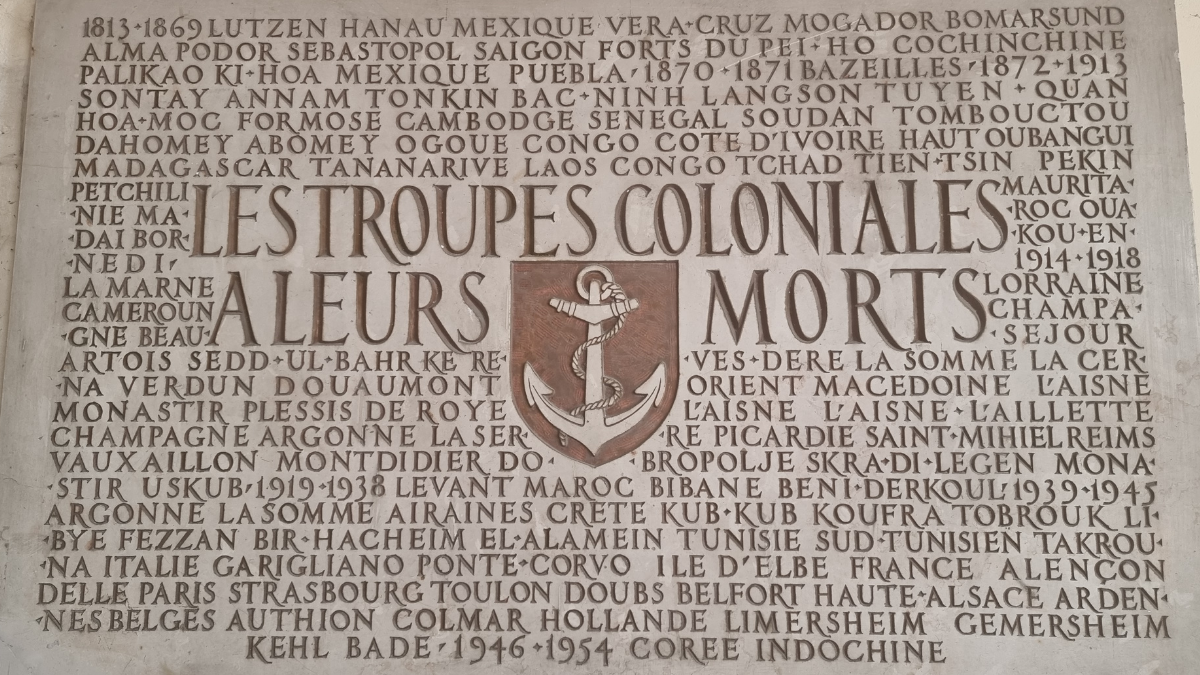
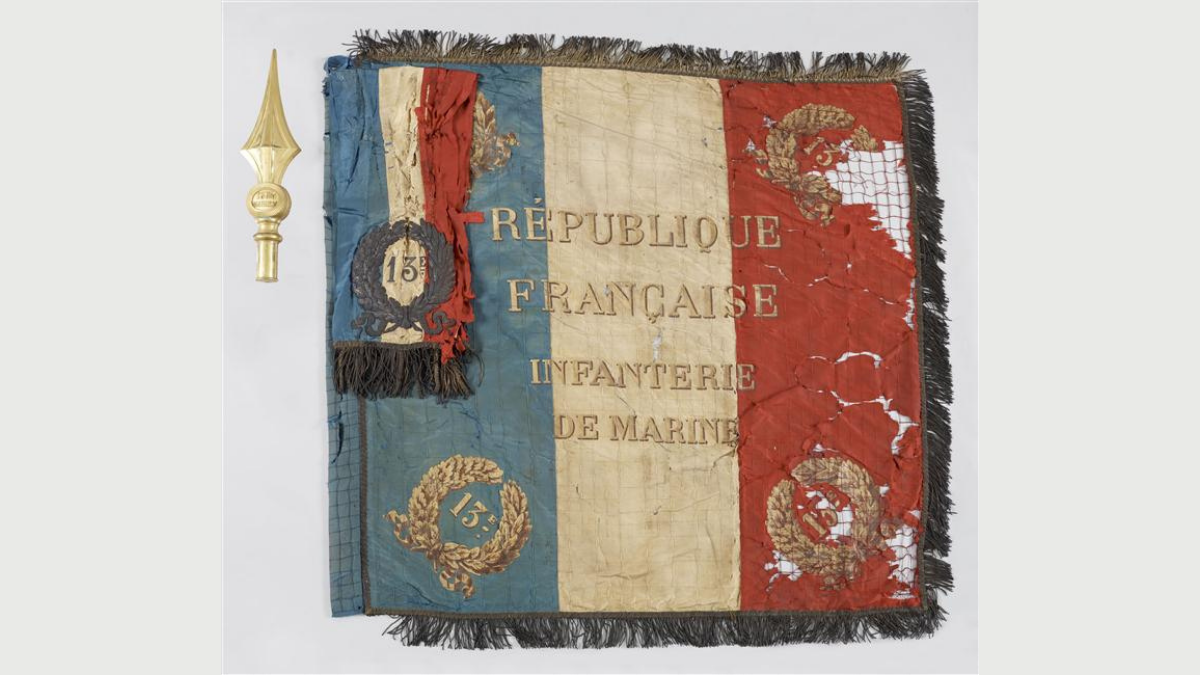
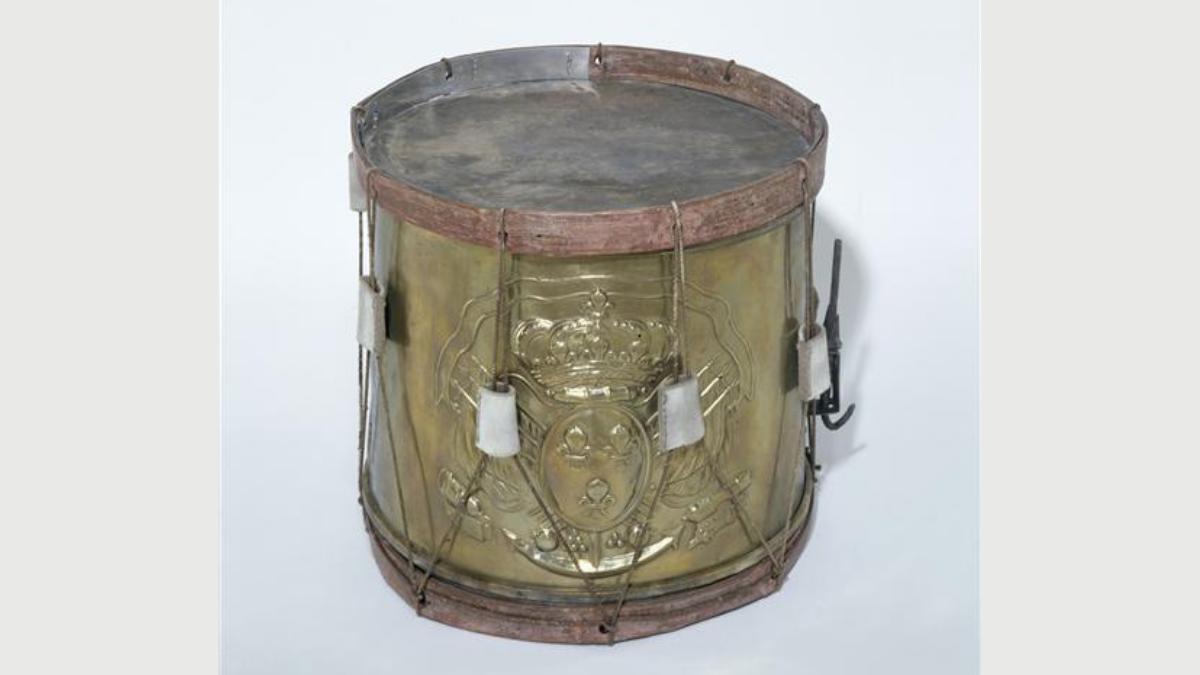
A celebration of the fourth centenary of the creation of the Ordinary Sea Companies
To celebrate the fourth centenary of the creation of the Compagnies Ordinaires de la Mer (Ordinary Sea Companies), the Musée de l’Armée will be presenting a retrospective of the different troops that benefited from their legacy: Régiment de la Marine (Regiment of the Navy), Corps Royal and Corps Impérial de la Marine et des Colonies (Royal Corps and Imperial Corps of the Navy and Colonies), Troupes Coloniales (Colonial Troops), and finally Troupes de Marine (Navy Troops). Despite the diversity and evolution of the missions entrusted to them, these different units retain a distinguishing feature: the spirit of exploration and a passion for different horizons. They were often far from mainland France and travelled the Americas, part of India, Africa, and South-East Asia.
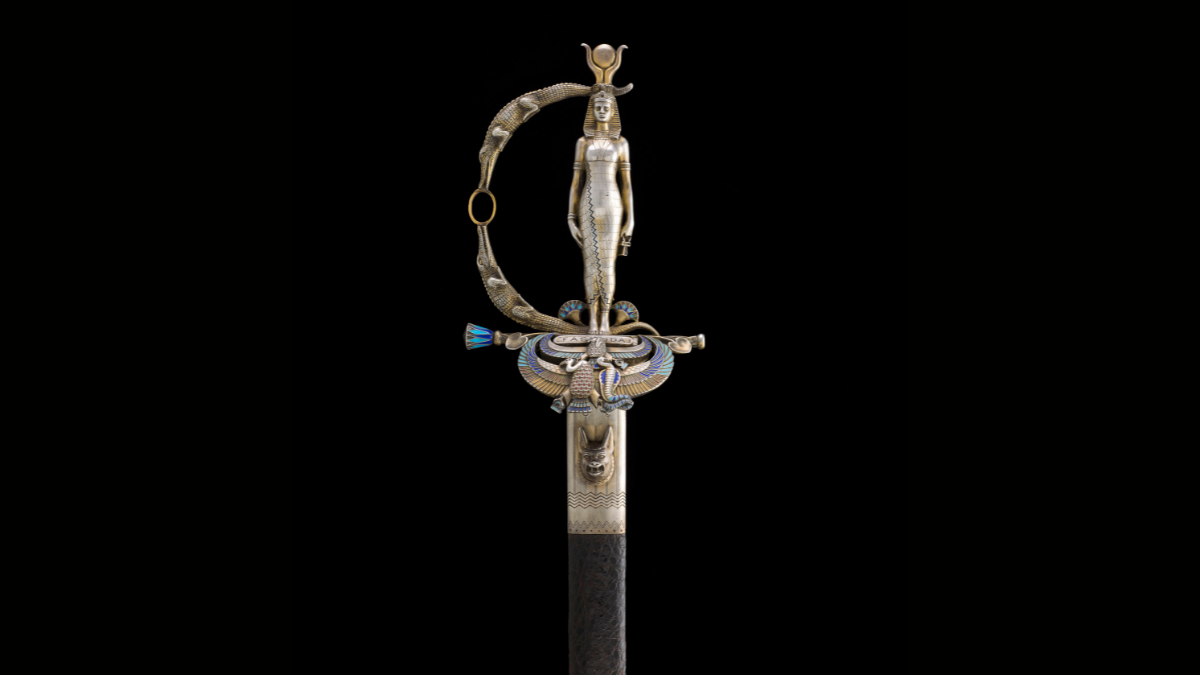
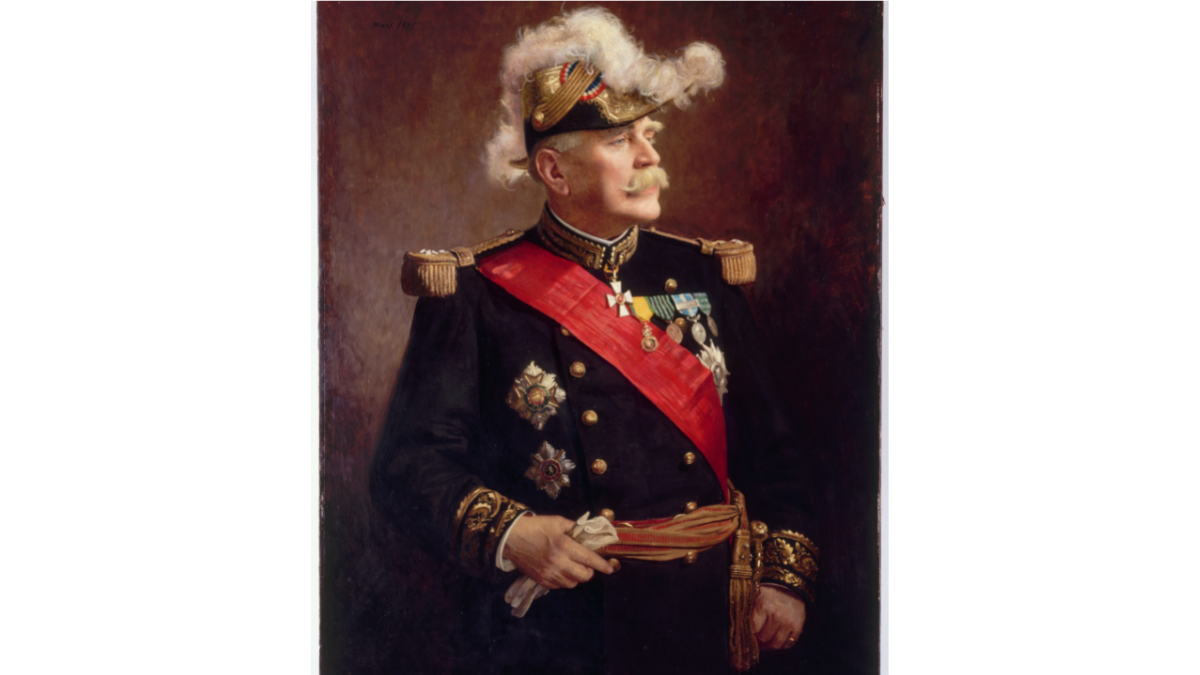
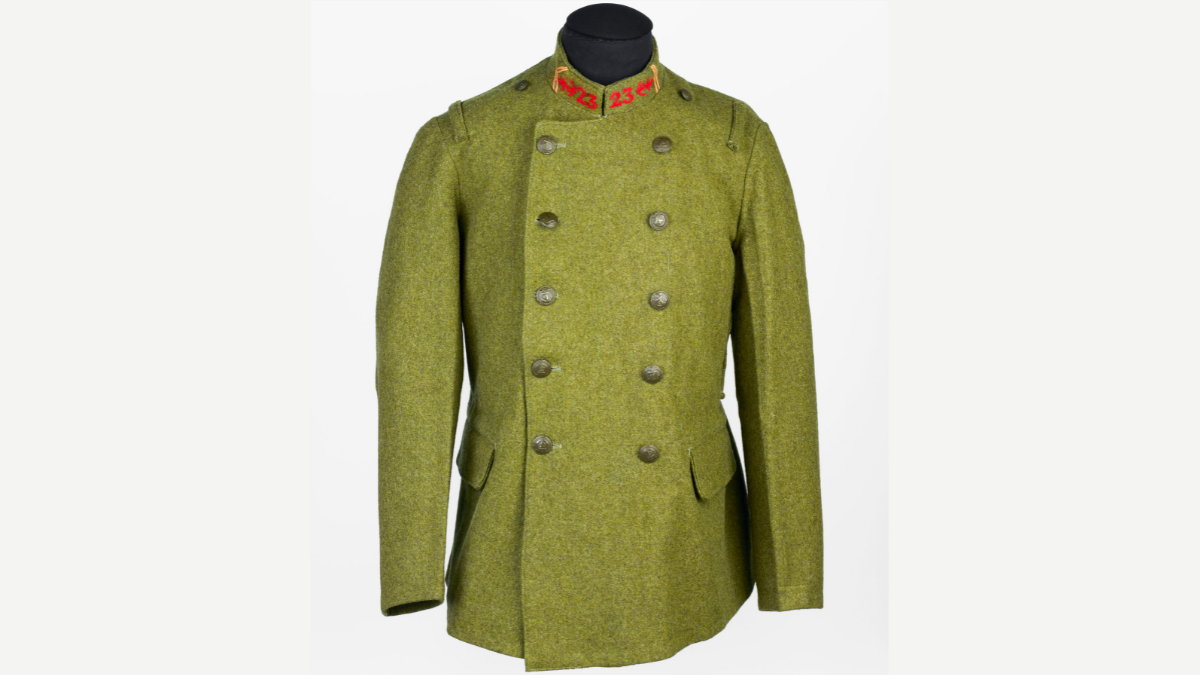
They were involved in helping France during the war of 1870, the First World War and then the Second World War. They became a valuable reinforcement for the conscripted army, as the future General Mangin theorised in his book La Force noire (The Black Force). They then provided most of the Free French units in the country’s darkest hours.
Curator
Philippe Guyot, Lieutenant colonel, Heritage Curator, Head of the Artillery Department, musée de l'Armée